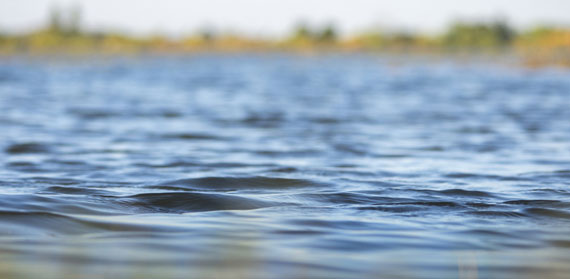Guest post by Mitchell McTough, Centre for Agroecology, Water & Resilience
Since the last blog, topics related to the design trajectory of camps was discussed, but how about the institutional barriers? The UN is not, of course, immune to the disorder, created out of the intended bureaucratic order which often plagues large organisations. Part of the due process in the times of an emergency will see a camp go through site selection, planning, design and construction. Finally, the management phase is carried out by the government authority in which the camp resides and the humanitarian partners from the Camp Coordination and Camp Management cluster (CCCM). However, the pace at which a camp is built can vary from a few months to a year, bearing in mind, they often house many thousands of people, creating small cities over time. A population of a city in a year, in a new place, once never inhabited, can, in fact, be limited by the very institutional and bureaucratic arrangements it is born into. “Why”, you might ask? Well, simply put, the reason is in the embedded practices harboured in the sector, and the humanitarian sector is not alone in this. History has shown itself to create, for one as a topic of conversation – drainage, a system by which water is conveyed as quickly as possible out of an urban space.
The earliest evidence in the management of surface and wastewater existed in its most rudimentary form in early Babylonian and Mesopotamian Empires in Iraq between 4000–2500 BC (Image 1). The model adopted in cities today and in camps is reminiscent of those used by Babylonian drainage pioneers, it’s how I started the blog “UNHCR Camps, Erbil – Improved Drainage or Concrete Jungles?”, with intangible piped systems, which when in a state of failure, cause flooding at the doorsteps of not only developed nations but all over the world. It’s these adopted systems that were witnessed in the camps, coupled with structural embeddedness (inter-agency communication and networks) that create the bureaucratic barriers.
During an interview with Mr Rafid Aziz, a WASH Specialist at UNICEF, the question was asked as to who takes on the responsibility and ownership of WASH at the initial phases of a camp’s life. He explained that during the Syrian crisis, refugee movement into Kurdistan, starting in early 2012, there had been a debate on who handled drainage between UNHCR and UNICEF within the camps. Drainage was not considered properly from the start. Take for example Domiz refugee camp, in northern Dohuk, it was done so on an unlevelled terrain. Blackwater and greywater were both conveyed through settling tanks. High costs existed around de-sludging (removal of waste from cesspits). In some cases, the size of the settling tanks was not designed properly to provide the necessary holding capacity. These settling tanks were not watertight either. During peak flow of user wastewater, and additional surface water runoff, the settling tanks would overflow. The wastewater may have been diluted, however, there was definitely contaminants due to the foul smell present. This experience was from 5-6 years ago, however, Domiz refugee camp is a good example of how drainage was neglected at the emergency stage of planning, design and construction, due to confusion on defined roles and responsibilities. This point has been highlighted in a paper by Brian Reed, entitled, “Surface water in temporary humanitarian environments,” where the author elicits to a lack of institutional ownership and responsibility. Drainage facilities here were introduced by the French Red Cross. Bear in mind that the approach was still simply a case of conveyance out of the camp, aimed at improving the state of affairs described earlier, by quickly removing the issue of heightened peak flows.
Camps are therefore left with a hastened desire to improve, a visit to Qustapha camp illustrated this, and the new retrofit are shown my preceding blog, these improvements have meant water of any sort is conveyed and disregarded once it leaves the fence of the camp, becoming somebody else’s problem.
A visit with a team from a local environmental company, Mapcom, allowed further empirical research into what the quality, specifically, and quantity of water looked like in Gawilan camp, where a proposed site for the introduction of sustainable drainage systems (SuDs) components is underway (Image 2).
In the next blog I discuss the results, and what it means for the residents, environment and drainage generally, not only here in refugee camps in Kurdistan, Iraq, but also elsewhere in the world.






Comments are disabled